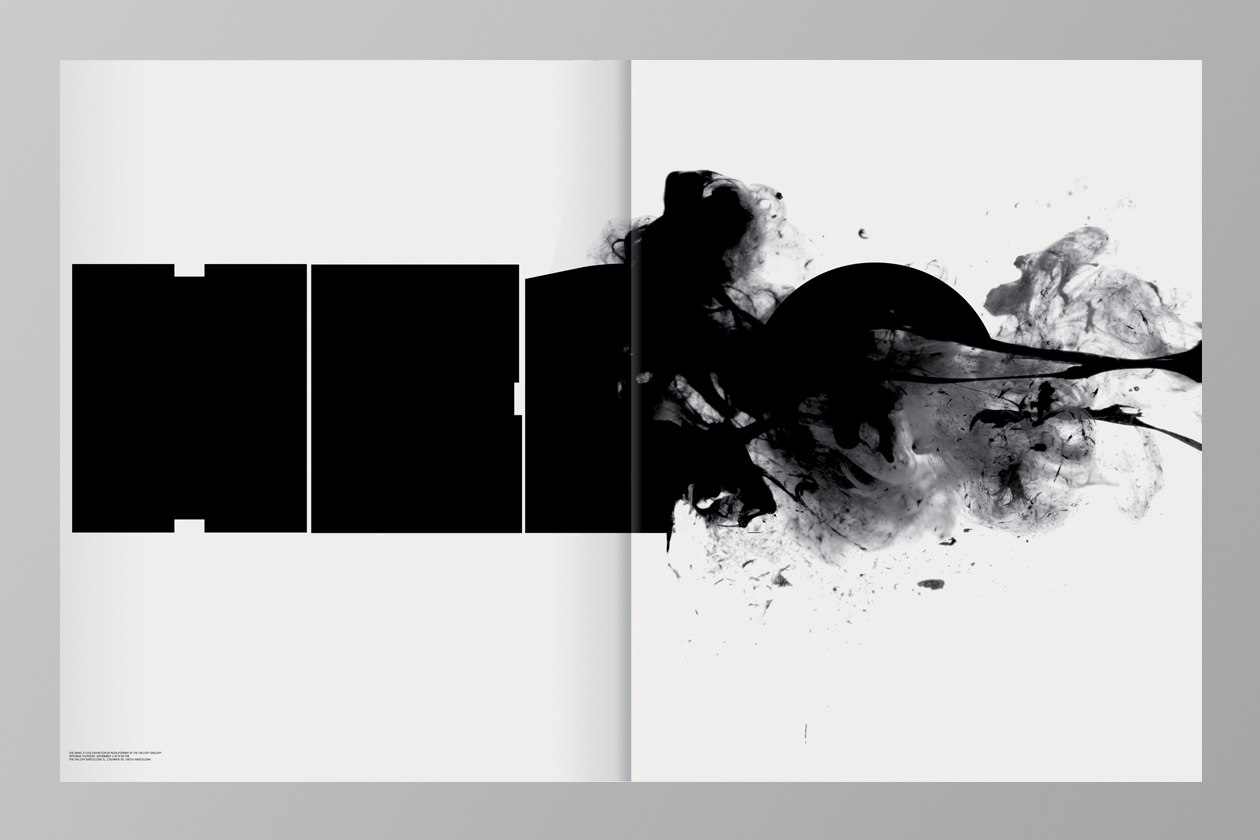

After Dahl blew up the collected records, thousands of fans stormed the field and remained there until dispersed by riot police. Many of the records were not collected by staff and were thrown like flying discs from the stands. Instead, at least 50,000-including tens of thousands of Dahl's listeners-packed the stadium, and thousands more continued to sneak in after capacity was reached and gates were closed.


White Sox officials had hoped for a crowd of 20,000, about 5,000 more than usual. Dahl's sponsoring radio station was WLUP (97.9 FM, now WCKL), so admission was discounted to 98 cents for attendees who turned in a disco record between games, Dahl was to destroy the collected vinyl in an explosion. However, disco sparked a major backlash from rock music fans-an opposition prominent enough that the White Sox, seeking to fill seats at Comiskey Park during a lackluster season, engaged Chicago shock jock and anti-disco campaigner Steve Dahl for the promotion at the July 12 doubleheader. In the late 1970s, dance-oriented disco was the most popular music genre in the United States, particularly after being featured in hit films such as Saturday Night Fever (1977). The playing field was so damaged by the explosion and by the rioters that the White Sox were required to forfeit the second game to the Tigers. Many had come to see the explosion rather than the games and rushed onto the field after the detonation. At the climax of the event, a crate filled with disco records was blown up on the field between games of the twi-night doubleheader between the Chicago White Sox and the Detroit Tigers. WSNS-TV: Lorn Brown, Harry Caray and Jimmy Piersallĭisco Demolition Night was a Major League Baseball (MLB) promotion on Thursday, July 12, 1979, at Comiskey Park in Chicago, Illinois, that ended in a riot. WDIV: George Kell, Al Kaline and Mike Barry


 0 kommentar(er)
0 kommentar(er)
